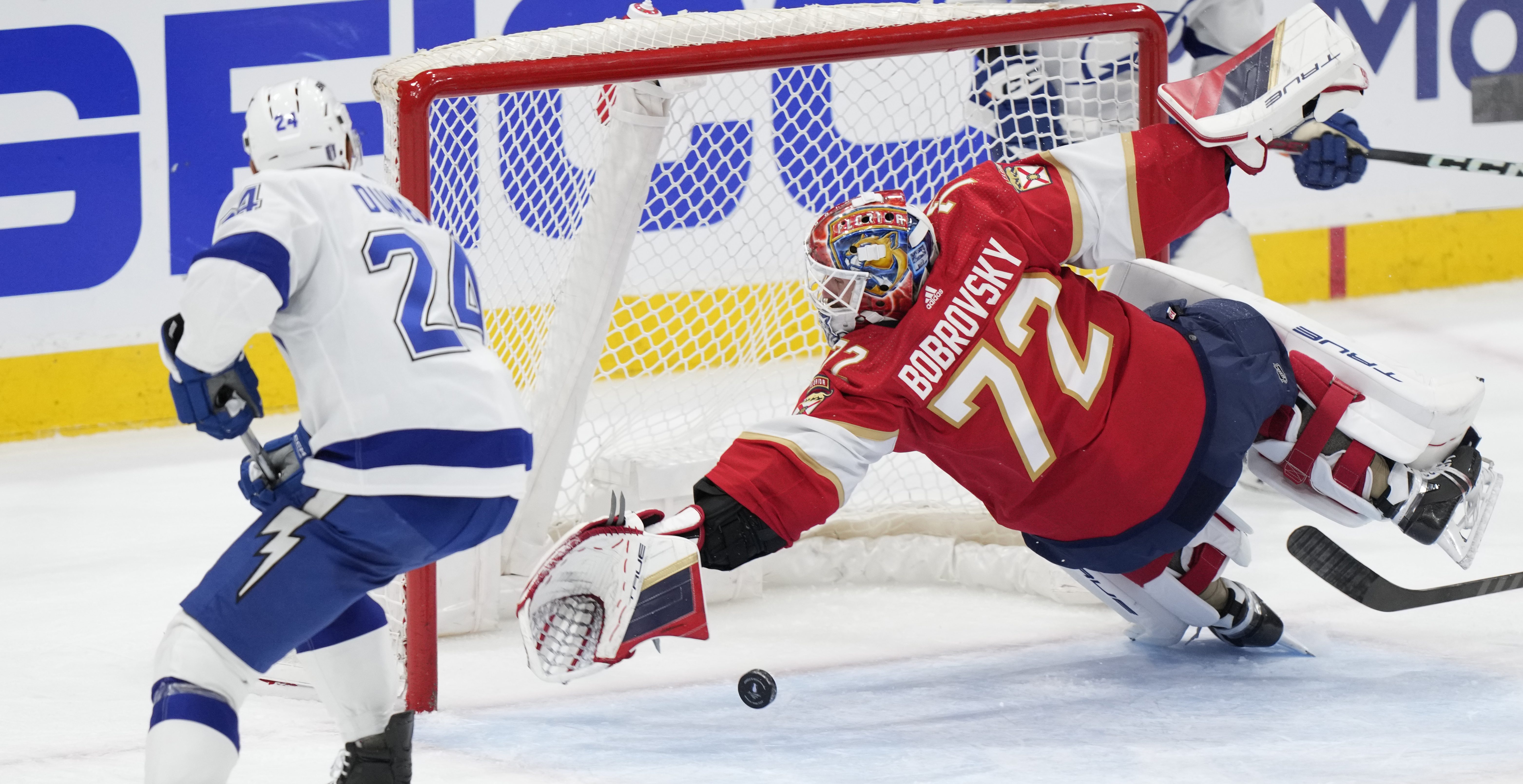It’s not an exaggeration to say that Dr. William Meyers may have saved Nolan Patrick’s career June 13 when the 18-year-old NHL prospect elected to have corrective surgery on a core muscle injury that had been bothering him for the better part of the past year.
Prior to his initial visit to Philadelphia, Patrick believed he was fully healthy when he went through comprehensive testing at the NHL Scouting Combine in May, but his time on the ice told a much different story.
“I was probably 60 percent when I first started playing and maybe got up to 70, 75 tops,” Patrick said at development camp earlier this month. “I never had any wind during games. I’d lose my energy really quick because I’d lose it trying to skate with that injury. Probably 75 tops, I’d say.”
But what Patrick was completely unaware of, as are the many doctors who perform these core muscle surgeries, is the prevalence of how these complex injuries are misinterpreted. The Flyers' rookie should have had a typical four-to-six week recovery last summer, and any setback likely would have been avoided.
Patrick’s first operation took place in Winnipeg, Manitoba, by Dr. James Robinson who, according to Patrick’s agent Kevin Epp, came recommended from the Jets' organization.
“I don’t think it had time to heal,” Epp said Monday in a phone interview with CSNPhilly.com. “Nolan got the surgery to fix the injured area at the time. I don’t know if both sides needed repair. Through the course of rehab he may have aggravated the other side.”
“It’s tough to explain but it’s a sharp, shooting pain in your lower stomach," Patrick said. “I had it on both sides for a while there. I got one side fixed and then was having issues on that side again."
NHL
Whether Patrick was misdiagnosed or the procedure and subsequent rehabilitation were mishandled is certainly open for debate.
In speaking with Meyers of the Vincera Institute, he could not discuss specifically Patrick’s injury or his surgery, but said he performs “on average 10 procedures during a regular clinical day” in which the original surgeon failed to correct the problem area and the result is either a re-aggravation or the development of another injury altogether.
“The number one cause is a failure to understand that the prevalent concepts of ‘hernias’ have nothing to do with these injuries,” Meyers said.
Meyers believes the reason why core muscle injuries aren’t performed correctly are three-fold:
• A general failure to understand the whole concept of the core muscle region (the area from mid abdomen to mid thigh).
• A lack of knowledge regarding the anatomy.
• Very little experience seeing a variety of core muscle injuries and correlating that with the imaging.
Over the past 35 years, Meyers has dedicated his medical career to the complex field of core muscle injuries, and what he has witnessed is a very disturbing trend. He’s the pioneer in the diagnosis and treatment of core muscle injuries, working primarily in his two-story complex at the Navy Yard.
“The reason why I got into this area was so many hockey players in the 1980s were forced to retire too early because of these [core muscle] injuries," Meyers said. "It was, at that time, the number one reason why they retired.”
Perhaps the one popular Flyer whose career succumbed to persistent groin pain was Mikael Renberg, who retired in 2008 at the age of 35 after undergoing three separate groin procedures over a 12-year span.
Patrick saved himself the agony and was thoroughly convinced a corrective procedure performed by Meyers prior to the draft was vital to his career, regardless of who selected him.
The Flyers were also convinced. Patrick didn’t have an injury history, just history of an injury that never healed in the first place.
Thankfully, they knew the one doctor who could get down to the core of the problem.


